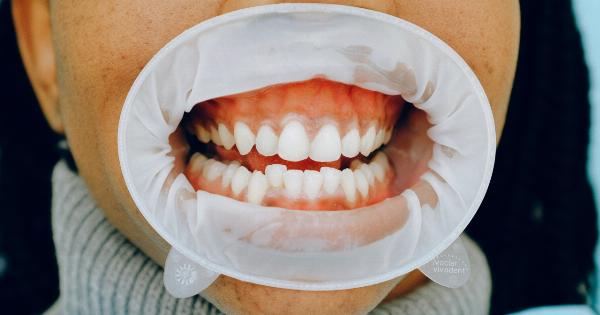Gum health is as important as any other aspect of your dental hygiene. Alongside maintaining your teeth, keeping your gums healthy is crucial.
However, it’s not always easy to know whether your gums are healthy or not, especially if you’re not entirely sure what you’re looking for. Understanding the indicators of gum health can help you take better care of your oral health and prevent other complications such as tooth decay and gum disease..
What are gums?
Gums, also known as gingiva, are the soft tissues that cover the alveolar bone and surround the teeth. They come in a wide range of colors and vary in thickness and texture from person to person.
Gums act as a protective barrier for the teeth and support oral health by keeping food particles, bacteria, and other debris from entering the bloodstream.
Why are healthy gums important?
Healthy gums play a vital role in maintaining your overall oral health. They provide support for the teeth, keeping them in place and preventing them from falling out or getting loose.
They also act as a seal that protects the roots of your teeth and prevents bacteria from penetrating the deeper tissues of your oral cavity. Furthermore, gums provide essential nutrients to the roots of the teeth and help to maintain their health and structure.
If your gums are unhealthy, they may suffer from inflammation, which makes them more susceptible to bleeding, soreness, and infections. Gum disease can also cause some serious health problems such as heart disease, stroke, and diabetes.
What are the indicators of unhealthy gums?
You may not always be able to tell if your gums are healthy or unhealthy with the naked eye. Here are some of the indicators of unhealthy gums that you should watch out for:.
1. Bleeding gums
Bleeding gums are one of the most common indicators of gum disease. If your gums bleed during brushing or flossing, it’s a sign that they’re inflamed and unhealthy.
Bleeding gums may feel tender or sore, and you may see blood on your toothbrush or in the sink when you spit out the toothpaste.
2. Red and swollen gums
Red and swollen gums are another indicator of gum disease. Healthy gums should be firm, pink, and have a stippled appearance. If your gums are red and swollen, they’re inflamed and unhealthy.
They may feel tender or sore, and you may experience some discomfort when eating or drinking.
3. Receding gums
Receding gums occur when your gums pull away from your teeth, resulting in exposed tooth roots. Receding gums are a sign of gum disease, and they can lead to tooth decay and tooth loss if left untreated.
4. Bad breath
Bad breath, also known as halitosis, is a common indicator of gum disease. If you suffer from bad breath, it may be caused by the buildup of bacteria in your mouth due to unhealthy gums.
5. Loose teeth
If your teeth feel loose or wobbly, it may be a sign of advanced gum disease. Loose teeth are a direct result of damaged alveolar bone, which is the bone that surrounds and supports the teeth.
6. Pain or discomfort
Gum disease can cause pain or discomfort, especially when chewing or brushing your teeth. If you experience pain or discomfort, it’s a sign that your gums are unhealthy and may require some attention.
What can you do to maintain healthy gums?
Maintaining healthy gums is crucial for maintaining overall oral health. Here are some tips to help you keep your gums healthy:.
1. Brush and floss daily
Brush your teeth at least twice a day and floss at least once a day. This will help remove food particles and bacteria trapped between your teeth and gums.
2. Use antiseptic mouthwash
Antiseptic mouthwash can help kill bacteria that cause gum disease and freshen your breath. Make sure you choose an antiseptic mouthwash that’s approved by the American Dental Association (ADA).
3. Don’t smoke or use tobacco products
Smoking and using tobacco products can increase your risk of gum disease and other oral health problems. Quitting smoking can help improve your oral health and reduce the risk of other health problems such as lung cancer and heart disease.
4. Eat a healthy diet
Eating a healthy diet that’s low in sugar and high in vitamins and minerals can help maintain healthy gums. Foods that are high in vitamin C, such as citrus fruits, can help promote healthy gums and prevent gum disease.
5. Visit your dentist regularly
Regular dental checkups and cleanings can help prevent gum disease and other oral health problems. Your dentist can identify any early signs of gum disease and provide treatment before it becomes more severe.
In conclusion
Your gums are an essential part of your overall oral health, and keeping them healthy should be a top priority.
If you notice any signs of gum disease, such as bleeding gums, red and swollen gums, or bad breath, it’s crucial to take action to prevent more severe oral health complications. Maintaining a healthy diet, quitting smoking, and visiting your dentist regularly can help maintain healthy gums and prevent gum disease.





























